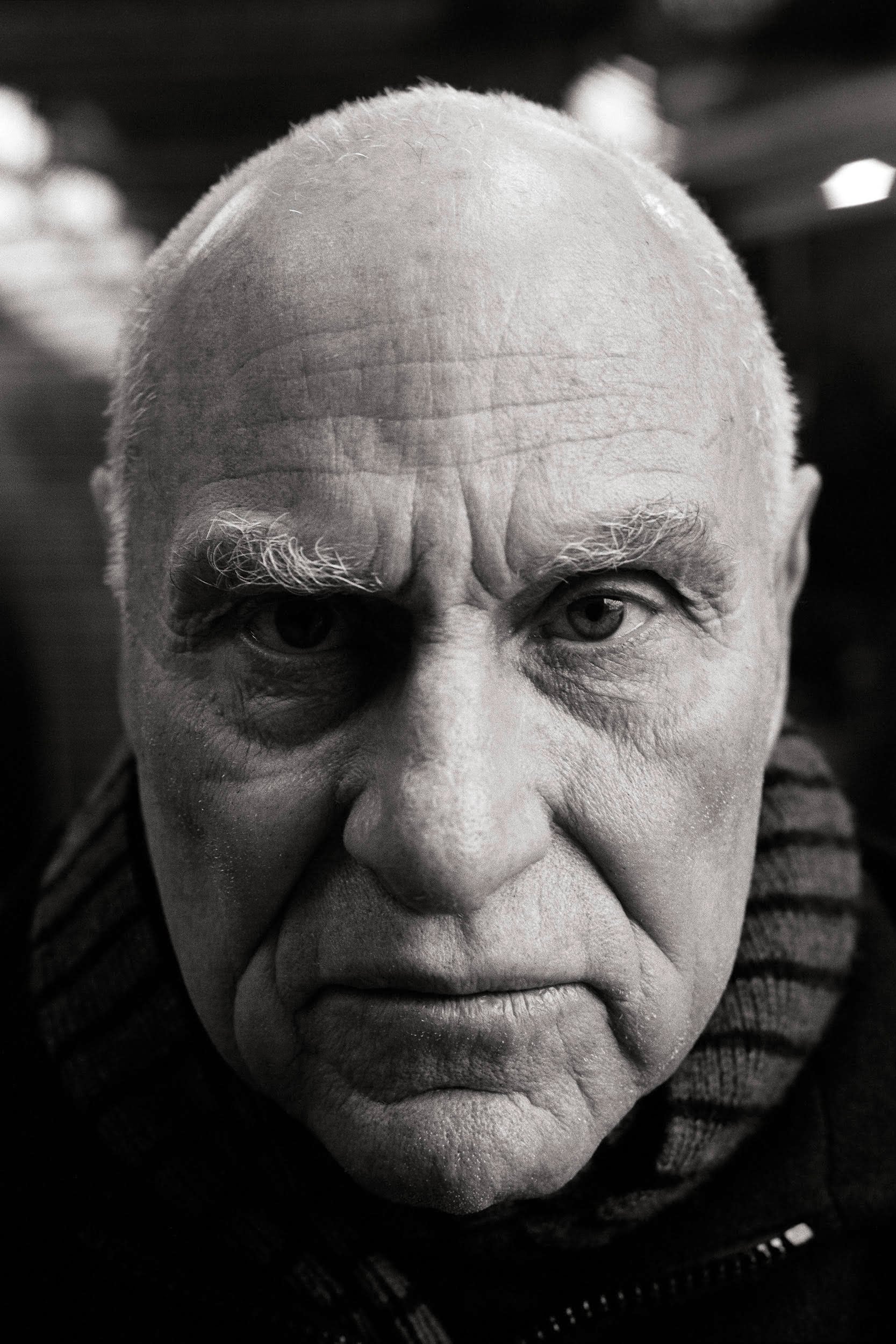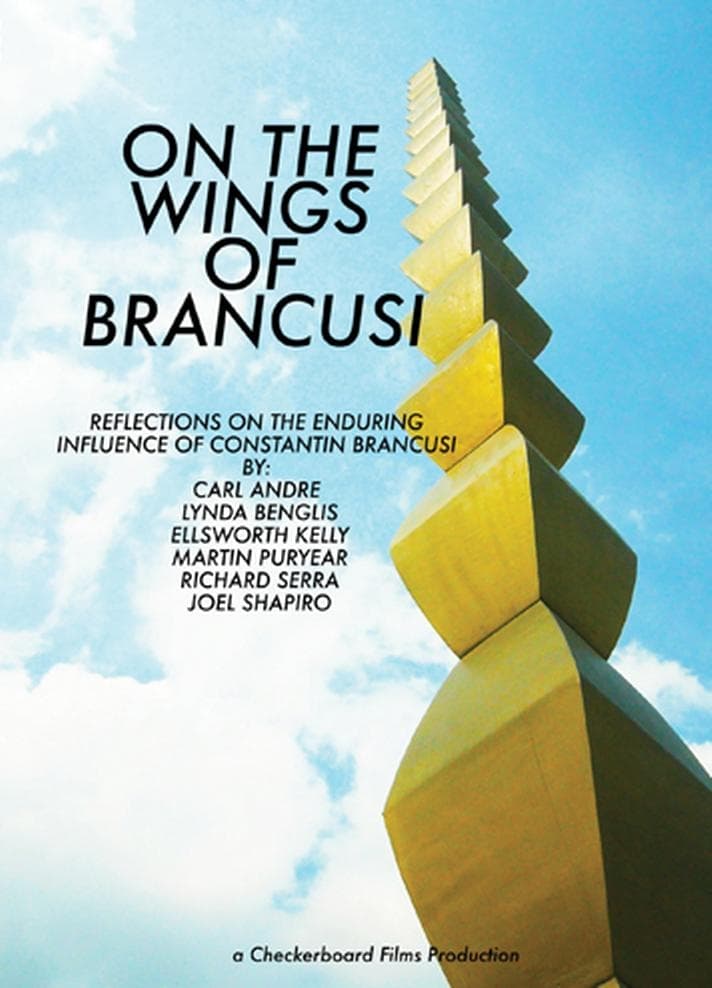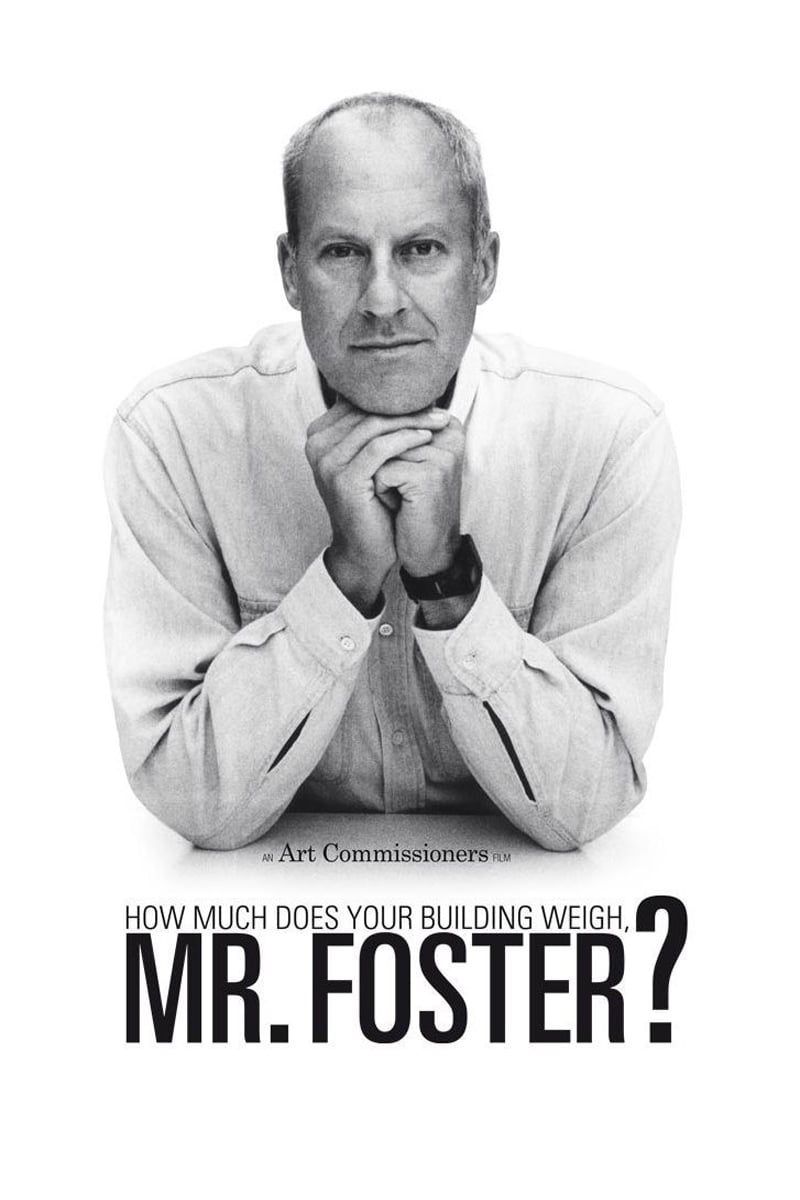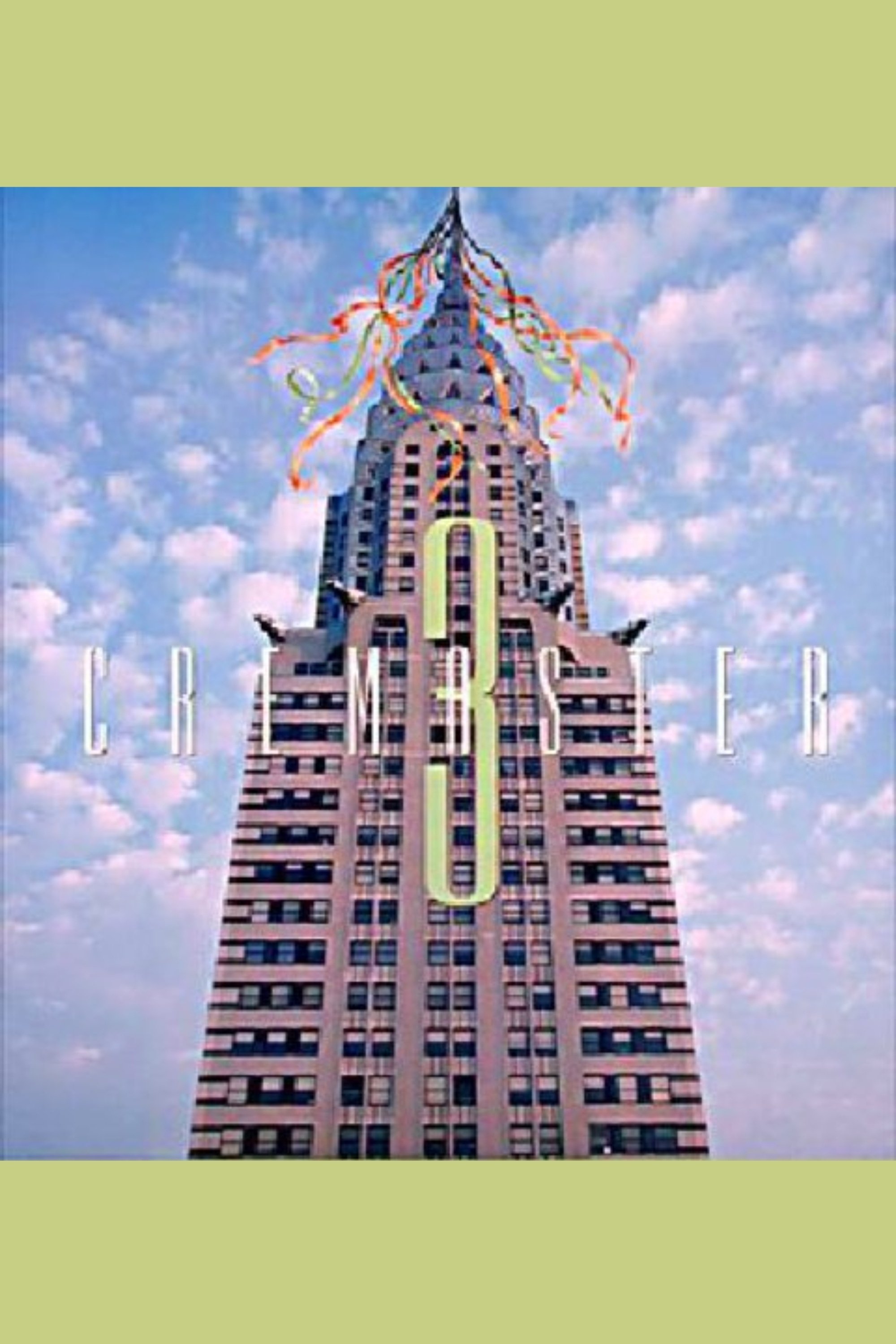

Constantin Brancusi (1876-1957), the most important sculptor of the first half of the 20th century, has been a fascinating and enduring influence on a generation of contemporary American artists. Insights into Brancusi’s legacy are presented by Carl Andre, Lynda Benglis, Ellsworth Kelly, Martin Puryear, Richard Serra, and Joel Shapiro, with additional commentary on Dan Flavin, Donald Judd, Roy Lichtenstein, Isamu Noguchi,and Claes Oldenburg. In 1995, Anne d’Harnoncourt, Director Emeritus of the Philadelphia Museum of Art, asked Checkerboard to document the PMA’s acclaimed retrospective on Brancusi for the Museum’s archive. The resulting footage became the genesis of the documentary.

The film traces the rise of one of the world's premier architects, Norman Foster, and his unending quest to improve the quality of life through design.
Sculptor and giant of modern art Richard Serra discusses his extraordinary life and work. A creator of enormous, immediately identifiable steel sculptures that both terrify and mesmerise, Serra believes that each viewer creates the sculpture for themselves by being within it. To this end, a Japanese family are reminded of the Temples of Kyoto, a Londoner finds sanctuary in the Serra near Liverpool Street station, and most movingly, a Holocaust survivor sees one piece as a wall separating the living from the dead. Contributors include Chuck Close, Philip Glass and Glenn D Lowry, Director of MoMA.

The life and work of enigmatic Dutch/Californian conceptual artist Bas Jan Ader, who in 1975 disappeared under mysterious circumstances at sea in the smallest boat ever to cross the Atlantic. As seen through the eyes of fellow emigrant filmmaker René Daalder, the picture becomes a sweeping overview of contemporary art films as well as an epic saga of the transformative powers of the ocean.
"Film Portrait of Richard Serra was shot during the making of The Camera: Je but I felt that the footage showed such complicity between Richard and me that I decided it was a film on its own. I shot the film title in 1977 but only finished the film in 2007 in digital video. Richard and I had met in Rome in 1972, and in January 1974 I moved into the building where he had lived and worked since the 1960s, so we were neighbors. We liked each other and the film shows that."

CREMASTER 3 (2002) is set in New York City and narrates the construction of the Chrysler Building, which is in itself a character - host to inner, antagonistic forces at play for access to the process of (spiritual) transcendence. These factions find form in the struggle between Hiram Abiff or the Architect ...
Richard Serra (November 2, 1938 – March 26, 2024) was an American artist known for his large-scale abstract sculptures made for site-specific landscape, urban, and architectural settings, whose work has been primarily associated with Postminimalism. Described as "one of his era's greatest sculptors", Serra became notable for emphasizing the material qualities of his works and exploration of the relationship between the viewer, the work, and the site. Serra pursued English literature at the University of California, Berkeley, before shifting to visual art. He graduated with a B.A. in English Literature from the University of California, Santa Barbara, in 1961, where he met influential muralists Rico Lebrun and Howard Warshaw. Supporting himself by working in steel mills, Serra's early exposure to industrial materials influenced his artistic trajectory. He continued his education at Yale University, earning a B.A. in Art History and an M.F.A. in 1964. While in Paris on a Yale fellowship in 1964, he befriended composer Philip Glass and explored Constantin Brâncuși's studio, both of which had a strong influence on his work. His time in Europe also catalyzed his subsequent shift from painting to sculpture. From the mid-1960s onward, particularly after his move to New York City in 1966, Serra worked to radicalize and extend the definition of sculpture beginning with his early experiments with rubber, neon, and lead, to his large-scale steel works. His early works in New York, such as To Lift from 1967 and Thirty-Five Feet of Lead Rolled Up from 1968, reflected his fascination with industrial materials and the physical properties of his chosen mediums. His large-scale works, both in urban and natural landscapes, have reshaped public interactions with art and, at times, were also a source of controversy, such as that caused by his Tilted Arc in Manhattan in 1981. Serra was married to artist Nancy Graves between 1965 and 1970, and Clara Weyergraf between 1981 and his death in 2024. From 1968 to 1979 Serra made a collection of films and videos. Although he began working with sculpture and film at the same time, Serra recognized the different material capacities of each and did not extend sculptural problems into his films and videos. Serra collaborated with several artists including Joan Jonas, Nancy Holt, and Robert Fiore, on his films and videos. His first films, 'Hand Catching Lead' (1968), 'Hands Scraping' (1968) and 'Hand Tied' (1968) involve a series of actions: a hand tries to catch falling lead; pairs of hands move lead shavings; and bound hands untie themselves.
By browsing this website, you accept our cookies policy.